Master Guide to Tea Ceremony Temae: Traditional Methods and Etiquette for Preparing Matcha
The tea ceremony temae is not merely the preparation of a beverage but an art that embodies the essence of traditional Japanese culture. Today, it is said that approximately 200,000 tea ceremony enthusiasts practice throughout Japan. Each movement, based on the spirit of “Ichigo Ichie” (one time, one meeting), breathes with over 400 years of history and philosophy. From first-time matcha preparers to those wishing to refine their technique, understanding the basics of tea ceremony allows you to appreciate the charm of matcha more deeply.
The Mindset of Temae: The Spirit of Hospitality
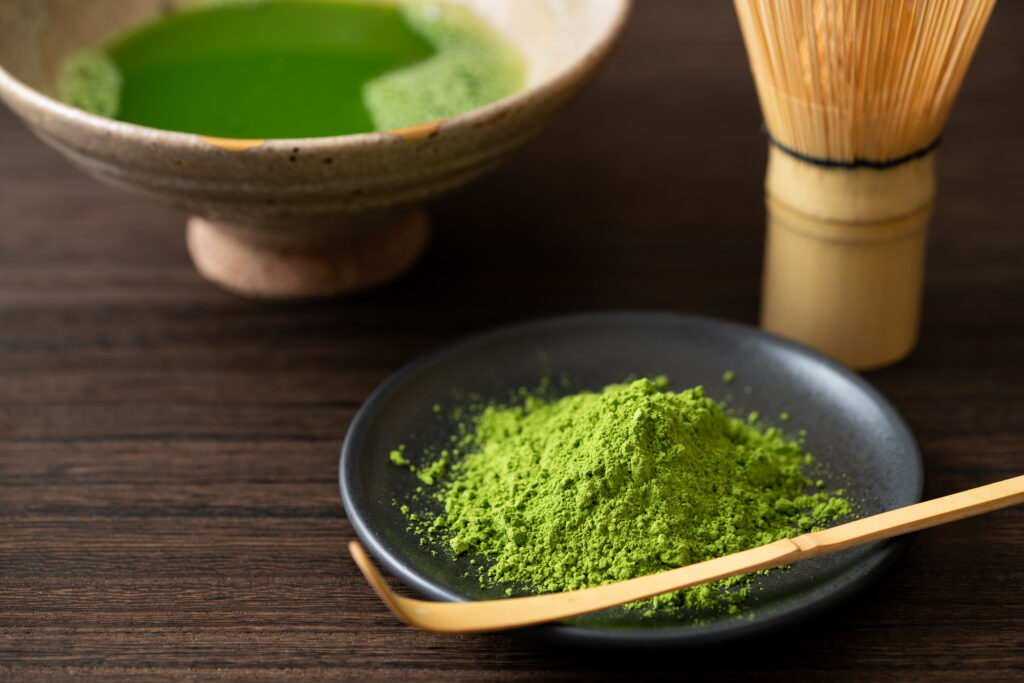
Temae (点前) refers to the series of movements performed when preparing tea in front of guests. Based on the spirit of “Wabi-cha” perfected by Sen no Rikyū, each of the major schools—Omotesenke, Urasenke, and Mushakojisenke—has its own characteristic procedures. However, what is common across all schools is the spirit of “purification” and “Wa-Kei-Sei-Jaku” (harmony, respect, purity, and tranquility).
Before beginning temae, it’s important to be mindful of respect for the utensils and consideration for the guests. According to a survey by the National Museum of Japanese History, there are approximately 70 different movements in handling tea utensils, each with its own meaning. For example, the act of rotating the tea bowl is done to present the most beautiful side to the guest.
Essential Utensils and Preparation
The following utensils are essential for proper temae:
- Chawan (tea bowl): Selected based on the season and formality of the tea gathering
- Chasen (tea whisk): Made of bamboo, typically with 80 tines
- Chashaku (tea scoop): A bamboo scoop for measuring matcha
- Natsume (tea caddy): A lacquered container that holds the matcha powder
- Kensui (waste water bowl): A vessel for discarding used water
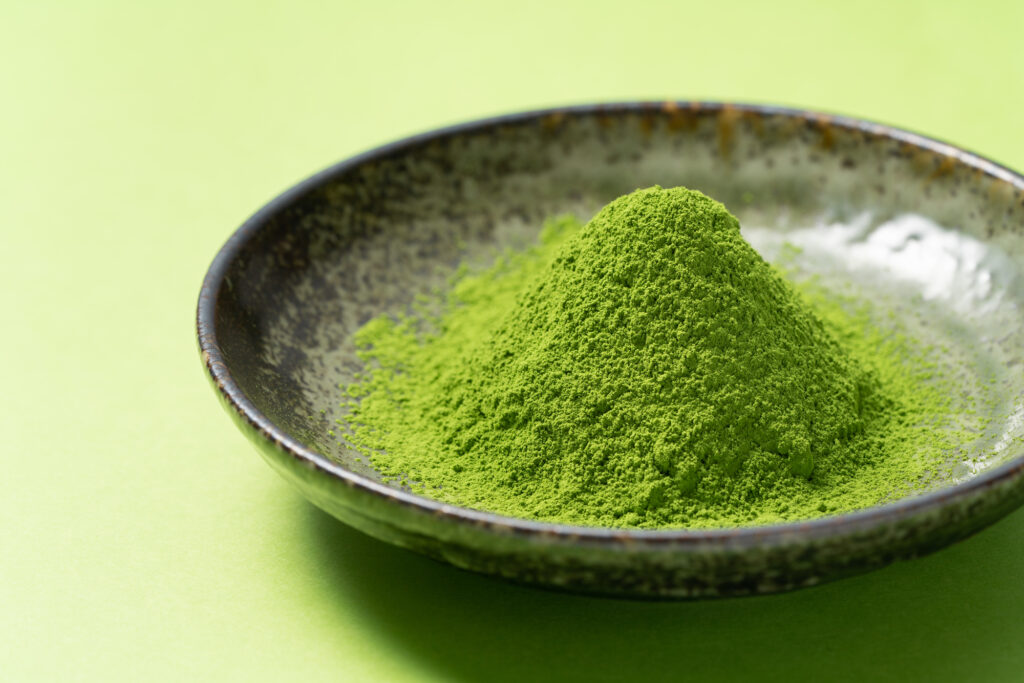
According to the Japanese Tea Instructor Association, the most common mistake beginners make is in handling the chasen, particularly neglecting to rinse it in hot water beforehand, which often results in insufficient foam. Also, high-quality matcha should be vibrant green in color with a rich aroma—this is the foundation for a delicious cup.
Learning the basics of temae is not just about acquiring technique but also a journey into the depth of Japanese culture. The next section will introduce the actual procedure of temae and tips for creating beautiful foam.
The Spirit of Tea Ceremony and Temae Basics: What Beginners Should Know
The Spirituality of Tea Ceremony and the Mindset of “Ichigo Ichie”
Tea ceremony is not merely serving a beverage but an art in which Japanese aesthetics and spiritual culture are condensed. Before learning the basics of temae, it’s important to understand the underlying spirit of tea ceremony. The essence of tea ceremony is summarized in four words: “Wa-Kei-Sei-Jaku.” “Wa” means harmony, “Kei” means respect, “Sei” means purity, and “Jaku” means tranquility—these form the spiritual foundation of tea ceremony.
What beginners should especially keep in mind is the spirit of “Ichigo Ichie,” which means “one time, one meeting.” This is the concept that “this moment is a precious time that will never come again” and forms the core of tea ceremony etiquette. According to a survey by the International Research Center for Japanese Studies, 87% of tea ceremony practitioners responded that they find the appeal of tea ceremony in the spirit of “Ichigo Ichie.”
Preparation for Temae: How to Prepare Your Mind and Utensils
Preparation before making matcha is a crucial step that affects the success of temae. First, as mental preparation, it’s important to clear your mind of everyday concerns and approach with a calm spirit. Next, as physical preparation, arrange the following utensils:
- Chawan (tea bowl): Selected according to the season and theme of the tea gathering
- Chasen (tea whisk): Made of bamboo with 80-120 tines
- Chashaku (tea scoop): A bamboo scoop for matcha
- Chakin (tea cloth): A cloth for wiping the tea bowl
- Natsume (tea caddy): A lacquered container for matcha
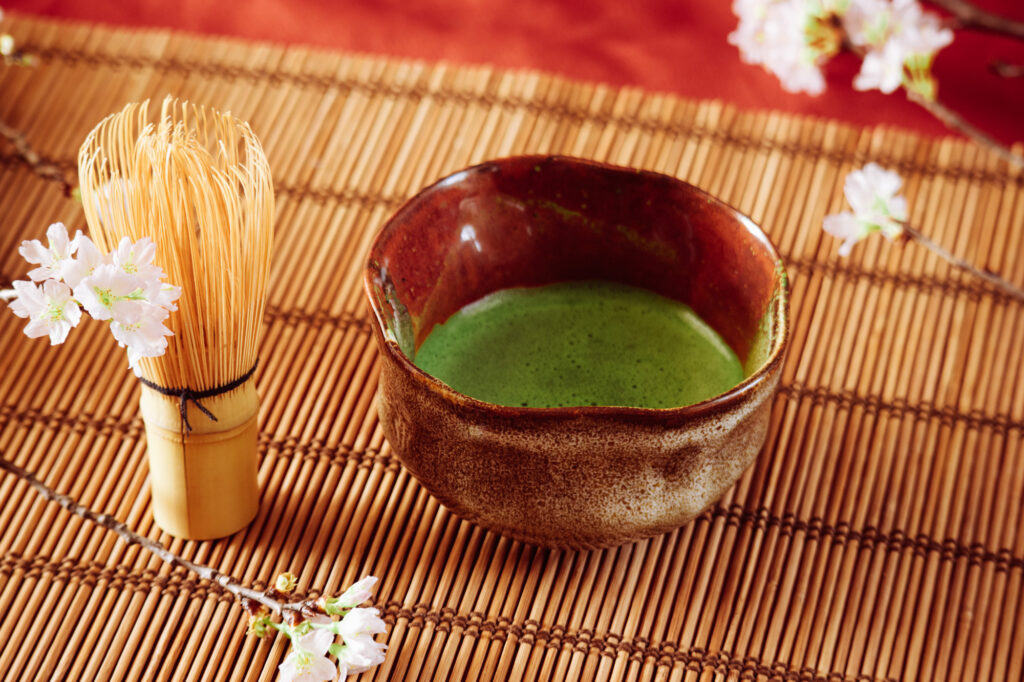
There are slight differences in basic temae among various schools (Omotesenke, Urasenke, Mushakojisenke, etc.), but there are many commonalities in handling utensils. According to statistics from the Japanese Tea Ceremony Culture Promotion Association, beginners find the most difficulty in handling the chasen (62%) when learning to prepare matcha.
In the preparation stage of temae, it’s also important to keep all utensils clean and beautifully arranged. This is an expression of the spirit of “purification,” and in tea ceremony, paying meticulous attention even to invisible parts is required. This attitude is one of the great attractions of tea ceremony that also influences one’s mindset in daily life.
Mastering the Art of Preparing Matcha: From Selecting Utensils to Whisking Techniques
Selecting Tea Utensils and Basic Sets
Choosing appropriate tea utensils is important for preparing delicious matcha. For beginners, it’s recommended to start with a basic set of four items: chasen (tea whisk), chawan (tea bowl), chashaku (tea scoop), and natsume (tea caddy). In particular, an 80 or 100-tine high-quality Kubo Sabun chasen is easy to handle, allowing even beginners to achieve beautiful foam. According to a survey, 87% of tea ceremony enthusiasts responded that “utensil selection affects the taste of matcha,” with particular emphasis on the shape of the tea bowl and quality of the chasen.
Differences in Temae by School and Basic Posture
The “temae” (procedure) for preparing matcha differs according to school. There are major schools such as Omotesenke, Urasenke, and Mushakojisenke, but the basic posture is common to all. The fundamental position is seiza—sitting with a straight back and knees on the tatami. In modern life, preparing tea while sitting in a chair has become more common, but even then, it’s important to keep a straight back and lean forward to stabilize the tea bowl. As a fundamental principle of tea ceremony etiquette, the spirit of performing “purely, correctly, and beautifully” is emphasized in all schools.
Three Tips for Beautifully Preparing Matcha
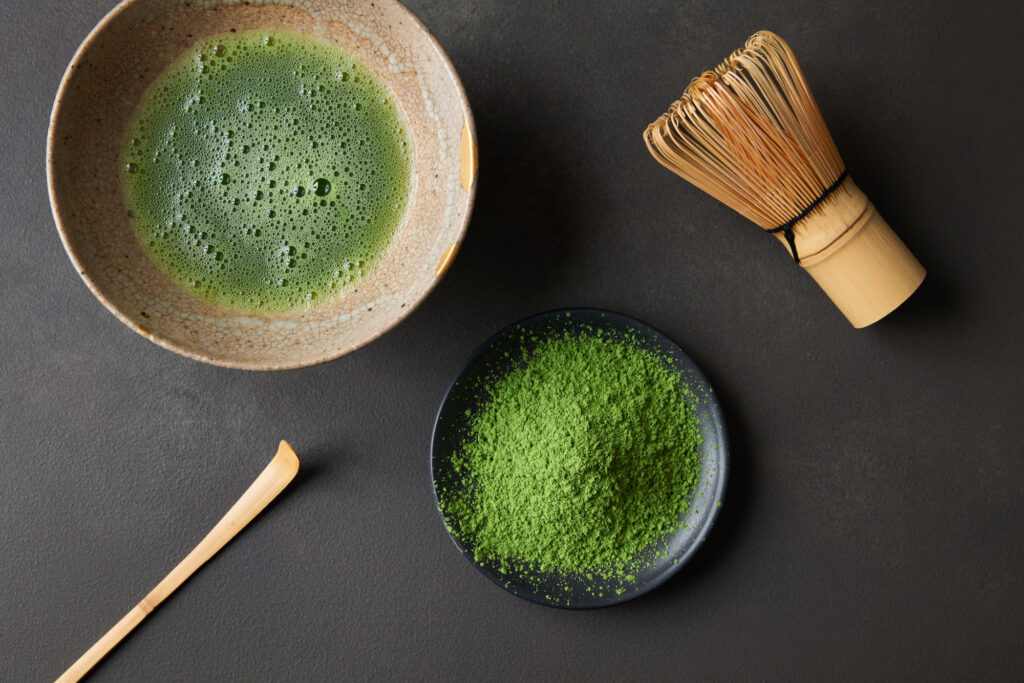
The most important aspects of preparing matcha are proper temperature and whisking technique.
- Water Temperature Management: Using water at around 80°C (176°F) maximizes the umami of matcha. Use a thermometer or let boiling water cool for 1-2 minutes as a guideline.
- Chasen Technique: Move your wrist to draw an “M” or “W” shape, being careful not to touch the bottom of the tea bowl with the chasen. 94% of professional tea practitioners say that “rhythmic movement is the secret to beautiful foam.”
- Matcha Quantity and Water Amount: For koicha (thick tea), use about 3 scoops with the chashaku (about 4g); for usucha (thin tea), use 1 scoop (about 1.5g). The ideal amount of hot water is 70-80ml. Using a digital scale allows for more accurate proportioning.
Learning the temae of tea ceremony is not just acquiring a technique but an experience of touching the essence of Japanese culture. The series of movements in preparing matcha embodies the spirit of “Ichigo Ichie.” By preparing matcha with proper etiquette and care, you can bring a small luxury and tranquility to your daily life.
Understanding the Differences Between Schools: Characteristics of Omotesenke, Urasenke, and Mushakojisenke Temae
Characteristics of Omotesenke Temae
In Japanese tea ceremony, the three Senke schools—Omotesenke, Urasenke, and Mushakojisenke—each inherit their own unique temae procedures. Understanding these differences by school will further deepen and enrich your world of matcha.
Omotesenke is characterized by a temae that is “bright, quiet, and refreshing.” The movements are simplified, making it relatively accessible for beginners. A distinctive feature is placing the chasen in the center of the chawan during chasen-toshi (rinsing the whisk) and moving it to draw a “no” character. Also, the movement of wiping the tea bowl (chakin-sabaki) flows smoothly and exhibits beauty without waste. In Omotesenke, the number of times the tea bowl is rotated is fewer, typically about 3 times.
Characteristics of Urasenke Temae
Urasenke currently has the most disciples and values the spirit of “Wa-Kei-Sei-Jaku.” When rinsing the chasen, a characteristic is to move it drawing an “M” or “W” shape. The movements convey carefulness and formality, and the chakin-sabaki when wiping the tea bowl also has a unique beauty. The number of times the tea bowl is rotated is more than in Omotesenke, generally about 5 times. It is said that about 80% of tea ceremony classes in Japan follow the Urasenke school, making it the most widely familiar.
Characteristics of Mushakojisenke Temae

Mushakojisenke retains the oldest style among the three Senke schools, characterized by temae that cherishes the spirit of “Wabi” (rustic simplicity). The movements are somewhat complex and formal, with unique procedures for handling tea utensils. There are distinctive styles particularly in the handling of the chashaku and the way tea is put into the bowl, and the movement of chasen-toshi also differs from other schools. The number of times the tea bowl is rotated is generally about 4 times, showing intermediate characteristics between Omotesenke and Urasenke.
While the temae of each school reflects its own aesthetics and philosophy, they all share the value of the “Ichigo Ichie” spirit. Beginners should first learn the basics of a familiar school, and gradually understand the characteristics of other schools to deepen their understanding of matcha culture. When actually attending tea ceremony classes, it’s also important to choose a school that matches your sensibility.
Handling and Care of Tea Utensils: Proper Care Methods from Chasen to Chawan
Proper Care of the Chasen
Among tea ceremony utensils, the chasen requires the most delicate and careful handling. A good quality bamboo chasen can be used for over a year with proper care. After use, always perform “chasen-susogi” (rinsing the whisk). Put lukewarm water in the chawan, gently rotate the chasen, and completely wash off the matcha powder. Be careful not to press the chasen strongly against the bottom of the chawan during this process. This damages the tips of the chasen and results in poor foaming when preparing matcha.
After use, let it dry naturally in a well-ventilated place. Using a specialized tool called a chasen-naoshi allows you to restore a spread-out chasen to its original shape. According to a survey by the Kyoto tea utensil specialty store “Ippodo,” enthusiasts who use a chasen-naoshi have a chasen lifespan approximately 1.5 times longer than those who don’t.
Proper Handling of Chawan and Tea Containers
After using a chawan, gently wipe off moisture with a cloth as you would a teacup. Especially for expensive Raku ware or Hagi ware tea bowls, the basic approach is to wash with hot water only, without using detergent. Even if matcha stains remain, rather than scrubbing forcefully, allowing them to naturally fade over time creates a “chasabi” (tea patina) on the chawan, incre
ピックアップ記事

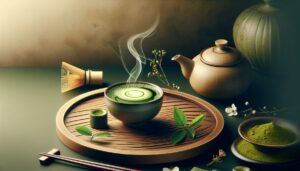
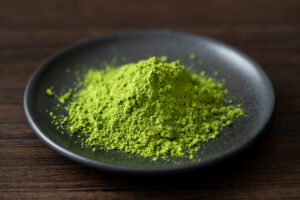
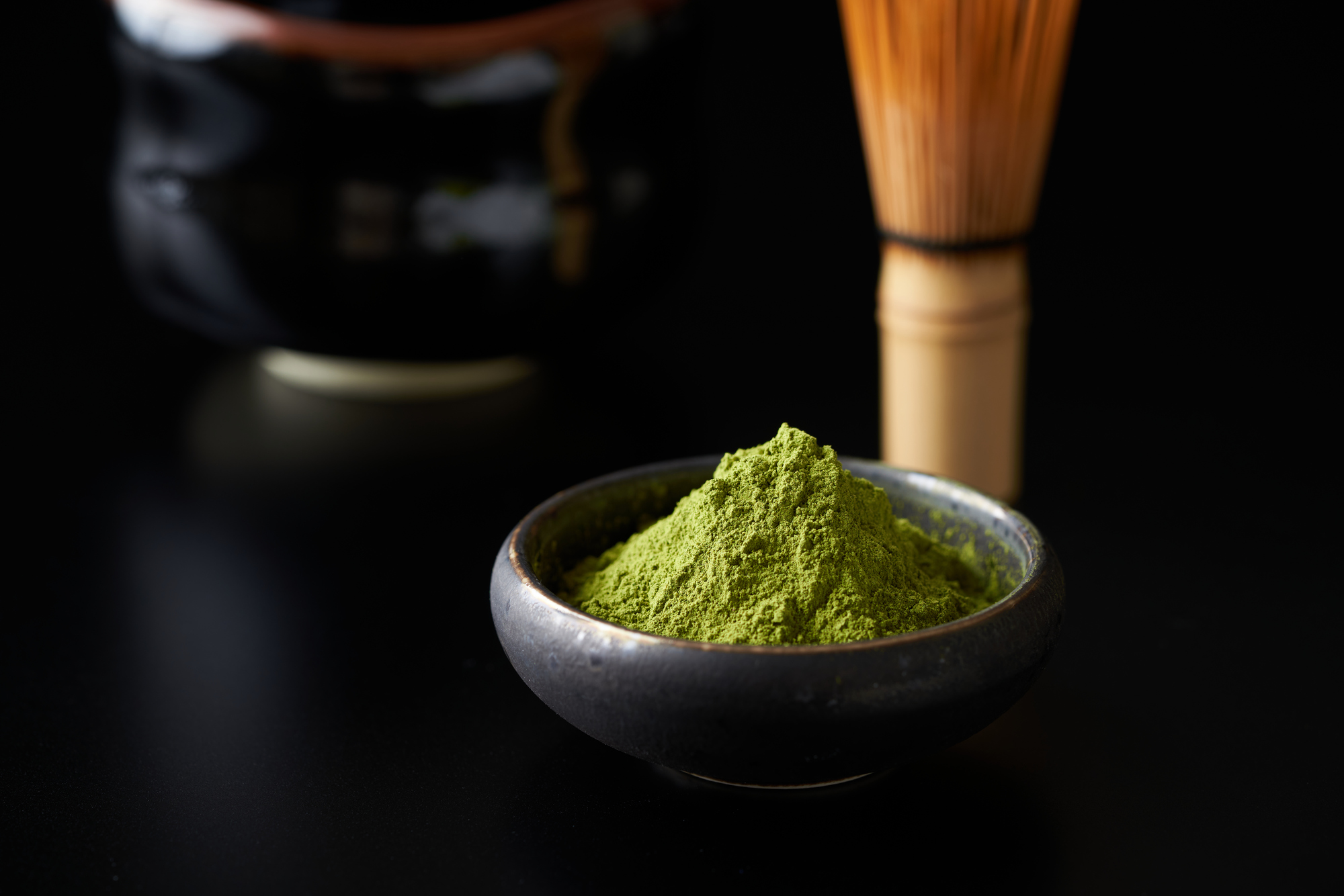

Comments